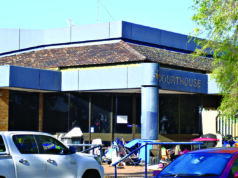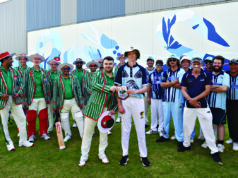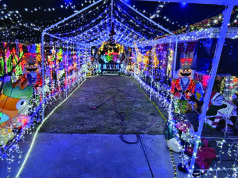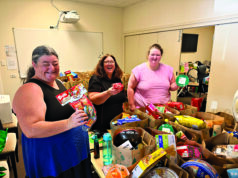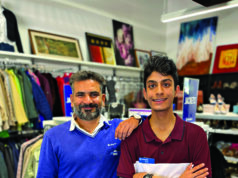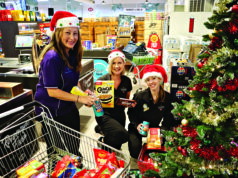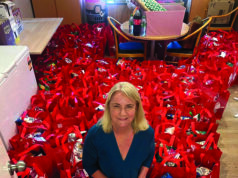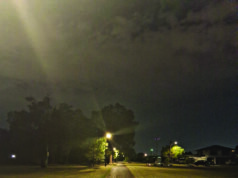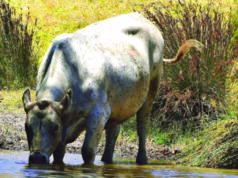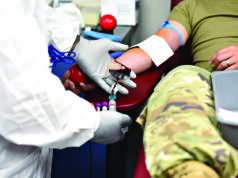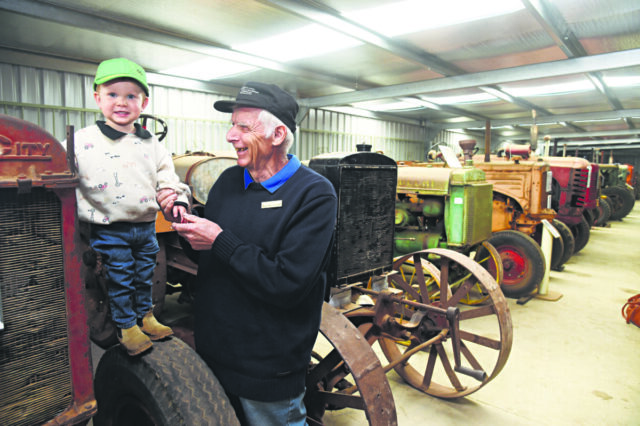
An original collection all under one roof was the main objective, says Hugh Manning Tractor Museum president Guy Callendar, following a celebration of the volunteer-run museum’s expansion.
“Over the last two years, we’ve managed to organise the funds and have built an extension to the museum that increases its volume by about 25 per cent,” Mr Callendar said.
“We had useful exhibits stored offsite and we wanted to give back the space to the families and get them on display in the museum.
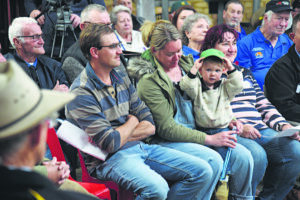
“Most museums have stuff stored all over the countryside and no one sees it.
“Whereas with us, you can see it all.”
An opening ceremony was held on September 17 to commemorate the milestone and the museum’s 32nd anniversary.
Mr Callendar said about 60 museum volunteers, their guests as well as government and shire representatives attended the celebration.
“Museum curators David Smith and Trevor Stubbs provided perspectives on the challenges of managing the museum’s extension and Trevor reflected on the life and influence of museum founder Mr Hugh Manning and his family,” he said.
“After a brief tour of the museum, a light lunch was served in the Clem Kentish Hall after which guests were treated to the starting and running of a Field Marshall tractor from the 1940s which uses a cartridge system to start the engine.”
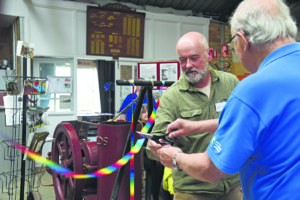
Mr Callendar said volunteers were working towards making the museum more accessible to the growing local community.
“We’re trying to make the museum representative of agriculture in this area, rather than just tractors,” he said.
“There’s a whole lot of other things that can be displayed.

“Sheep shearing is a good example.
“We’ve also got a small dairy display and an exhibit of machinery made in Western Australia.”
Mr Callendar said he hoped to make the museum appealing to schools to educate young people.
“I mean, the worst example I can think of not knowing what agriculture is, was a little boy who was asked where milk comes from and he said, ‘oh, in a packet’.
“It’s something I’ve carried around in my head for a very long time.
“He wasn’t a silly little boy.
“He just didn’t make the connection.
“I don’t think (the museum) needs to grow much more – growth isn’t the only goal.
“I think maintaining a relevant set of exhibits is important.”


